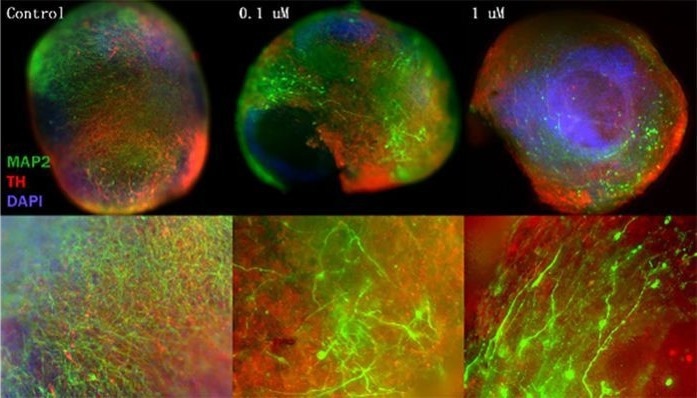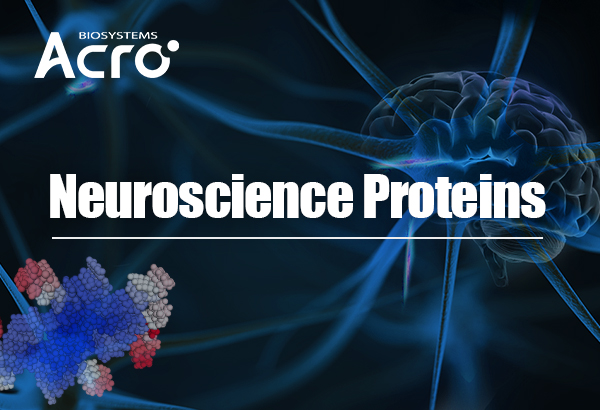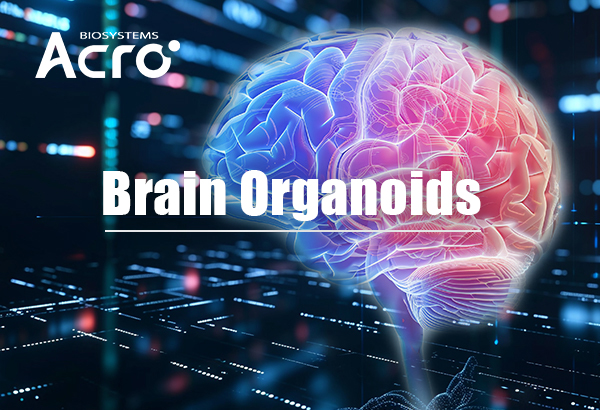Parkinson's disease (PD) is a widespread neurological ailment that is becoming more prevalent as the world's population ages. It is estimated that approximately 10 million people worldwide are currently affected by the disease.
Parkinson’s disease is primarily distinguished by resting tremors, bradykinesia, muscle rigidity, and balance issues, all of which have a substantial influence on patients' quality of life. Although medications can help with symptoms, currently there is no cure.
Researchers continue to work to better understand the disease's underlying causes in an attempt to find an effective treatment.
Pathogenesis of Parkinson’s disease: A multifactorial pathological landscape
The primary pathogenic identifiers of Parkinson's disease include the progressive loss of dopaminergic neurons (DNs) in the substantia nigra and the creation of Lewy bodies.
Studies have shown that the abnormal aggregation of α-synuclein (α-syn) plays a key role in this process, along with other interacting molecular mechanisms.
α-syn is a major component of Lewy bodies and is thought to spread between neurons through a prion-like mechanism, causing protein misfolding and neurodegeneration.
Further causes of Parkinson’s disease are mitochondrial failure, lysosomal-autophagy pathway abnormalities, oxidative stress, and persistent neuroinflammation. These mechanisms are linked to a variety of signaling pathways and genetic alterations.
Mutations in LRRK2 (leucine-rich repeat kinase 2) promote α-syn phosphorylation and impair autophagy. Oxidative stress is worsened by MAO-B (monoamine oxidase B), which produces toxic byproducts like hydrogen peroxide.
The receptor ADORA2A (adenosine A2A) regulates striatal neuron excitability and microglial activation, crucial for neuroinflammation and motor control.
PD models and technological innovations: From cells to brain organoids
For advancements to be made in pathophysiology and medication development of Parkinson’s disease, reliable disease models need to be built. While classic MPTP or 6-OHDA animal models can partially simulate DN degeneration, they fall short of accurately reflecting humans' complicated genetic backgrounds.
In recent years, with the rapid advancement of induced pluripotent stem cell (iPSC) technology, researchers can now reprogram somatic cells from a variety of different sources to create DNs.
These cell models help reveal disease-related cellular phenotypes and functional abnormalities and serve as an excellent platform for drug screening, mechanistic research, and the creation of tailored treatment methods.
Brain organoids add physiological relevance to disease modelling by replicating key pathological features, including α-synuclein aggregation, neuroinflammation, and neurodegeneration.
To create a Parkinson's disease model, Cerebral Organoids (Cat. No. CIPO-BWL001K) were created using ACROBiosystems' Cerebral Organoid Differentiation Kit (Cat. No. RIPO-BWM001K). These organoids were then incubated with different doses of α-syn Pre-formed Fibrils (PFFs).
Experimental findings showed reduced MAP2 and tyrosine hydroxylase (TH) expression following PFF treatment, confirming α-syn-induced toxicity in mature neurons (MAP2) and dopaminergic neurons (DNs).
These results demonstrate the model’s potential for studying disease mechanisms and evaluating therapeutic candidates.

Neuronal damage in cerebral organoids induced by α-syn PFFs. Image Credit: ACROBiosystems
In April 2025 the United States Food and Drug Administration (FDA) stated that it would gradually phase out mandatory animal testing for medications like monoclonal antibodies.
This shift in regulations is meant to encourage the adoption of alternative technologies such as brain organoids. In doing so, the use of organoid models will be expanded across the US in Parkinson’s disease research.

Innovations in treatment strategies: From symptom relief to precision medicine
Currently dopamine replacement medications, like levodopa and dopamine agonists, are the primary treatment for Parkinson's disease. While they can greatly improve motor symptoms, they do not decrease the progression of the disease.
It has also been found that long-term use can result in consequences such as "on-off" syndrome or dyskinesia.
As a result, therapeutic tactics have turned to precision medicines in recent years, which target diseased pathways. Monoclonal antibodies target α-syn aggregation, whilst small molecule inhibitors target LRRK2 mutations to control disease progression and autophagy.
Antagonists of the ADORA2A receptor influence neuronal excitability and inflammation, broadening therapy options beyond dopamine pathways.
Drug screening platforms based on iPSC-derived DNs or brain organoids also offer excellent support for individualized treatments.
High-quality products: Advancing PD research
ACROBiosystems provides cutting-edge solutions for Parkinson's disease research, such as target proteins, pre-formed fibrils (PFFs), dopaminergic neurons, and brain organoids, which serve to speed both scientific and clinical research.

Image Credit: ACROBiosystems

Image Credit: ACROBiosystems

Image Credit: ACROBiosystems

Image Credit: ACROBiosystems

Image Credit: ACROBiosystems

Image Credit: ACROBiosystems
References
- Pingale, T. and Gupta, G.L. (2020). Current and emerging therapeutic targets for Parkinson’s disease. Metabolic Brain Disease. https://doi.org/10.1007/s11011-020-00636-w.
- Bordoni, M., et al. (2018). From Neuronal Differentiation of iPSCs to 3D Neuro-Organoids: Modelling and Therapy of Neurodegenerative Diseases. International Journal of Molecular Sciences, 19(12), p.3972. https://doi.org/10.3390/ijms19123972.
About ACROBiosystems
ACROBiosystems is a cornerstone enterprise of the pharmaceutical and biotechnology industries. Their mission is to help overcome challenges with innovative tools and solutions from discovery to the clinic. They supply life science tools designed to be used in discovery research and scalable to the clinical phase and beyond. By consistently adapting to new regulatory challenges and guidelines, ACROBiosystems delivers solutions, whether it comes through recombinant proteins, antibodies, assay kits, GMP-grade reagents, or custom services. ACROBiosystems empower scientists and engineers dedicated towards innovation to simplify and accelerate the development of new, better, and more affordable medicine.
Sponsored Content Policy: News-Medical.net publishes articles and related content that may be derived from sources where we have existing commercial relationships, provided such content adds value to the core editorial ethos of News-Medical.Net which is to educate and inform site visitors interested in medical research, science, medical devices and treatments.